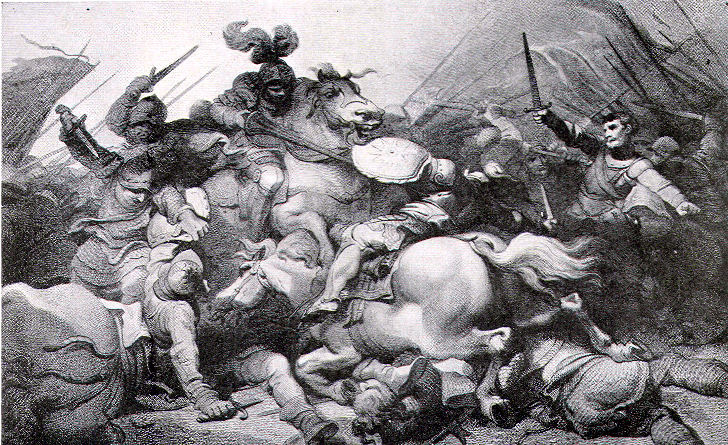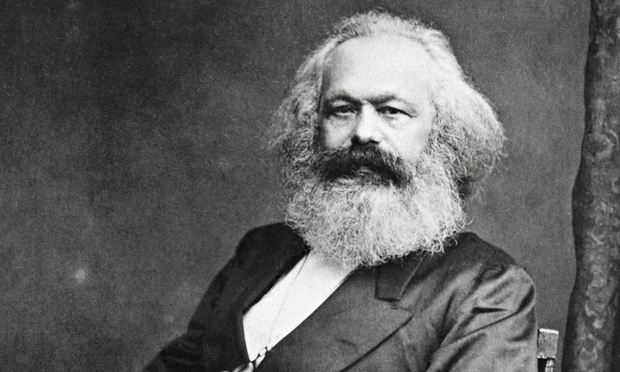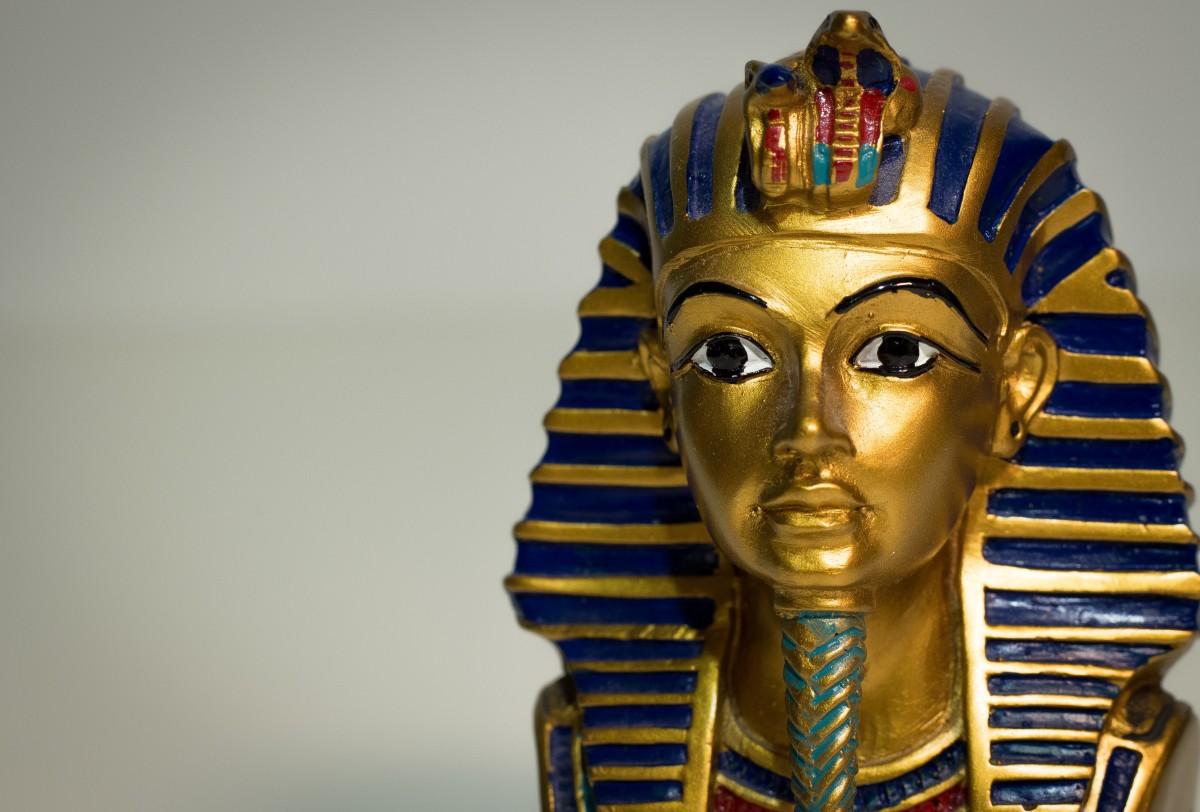One of the most important historical event in the medieval era was The war of the two Roses. The war of the roses was a series of civil battles fought by the members of the houses York and Lancaster. Both houses descended from the Royal Dynasty of Plantagenets which can be followed all the way from the king Edward the Third.
The war was long and had disastrous consequences upon England. Resumed, the result was the killing of the majority of people who would have had direct rights to the throne from both sides, by transforming some old resentments into bloody conflicts. These battles leaded to a shameful end of the line of Plantagenets, who ruled England for more than 300 years.
The war takes it’s name from the two roses which represented the emblem of the two families. The Lancaster house had a red rose, while the York house had the white one. The name “The war of the two roses” was not used during the period in which they were fighting, but later. Later, after the arrival of the Tudor dynasty as rulers of England, the two roses fused, as a symbol for the unification of the two families.
The conflict has it’s roots in a challenged succession who had taken place two generations before. All started when king Richard the Second was deposed by his cousin Henry the VI-th Bolingbroke, duke of Lancaster in 1399. He was followed by Henry the V-th who, after the victories in France became very popular. But along with the succession on the throne of his son, Henry the IV-th, things started changing.
Henry the VI-th was a weak and indecisive king. The fact that he was surrounded by unpopular advisers did nothing but to strengthen the resentment people had about him. In these circumstances, the York house, encouraged by the count of Warwick, started to reaffirm it’s rights on the throne.
Because Henry the VI-th couldn’t make any heir in couple of years, there was a great amount of optimism that after his death, the throne would be occupied by the York house. An act of succession was signed in this way, that stated the transition of the throne to the York house.
Along the Lancaster house, Margaret de Anjou was the one fighting for the succession of her son. She wouldn’t back off from anything, so she ruled the armies and she would also decide the execution of the family’s enemies. So she did everything her husband hadn’t the power to do.
Alongside to the Yor house were count of Warwick and his cousin (by alliance), duke of York. At that moment the count of Warwick was the most influent and rich man in England, having by his side the majority of the nobles.
In 1453 and 1455 the conflicts between the two families became armed fights, but in both occasions they were settled by a temporary compromise. But the problems between the queen and the duke of York worsened in time so they led to open war in the battle of Blore Heath.
Although the first battles were won by the York house, the Wakefield battle led to the capturing and beheading of the duke of York and his eldest son. Despite this defeat, Edward the VI-th, son of the duke of York, gathers a bigger army and after two bloody battles, while the royal family was running in exile, crowns himself king of England in 1461 and takes control over the south. Although in the north the Lancaster family had the control, once their military leader is killed, the armed resistance stops for almost a decade.
The war starts again because of the complaints in the middle of house York against Edward the IV-th. The Count of Warwick is disappointed that the king married against his will and doesn’t listen to him in important situations. Because of that, he allies with Clarence, brother of the king, and together they bring him down. But this success is just temporary, because Richard, the other brother of the king comes to help him, and together with the nobles who remained loyal to the king, send Warwick and Clarence in exile.
In that moment Warwick allies with Margret de Anjou through the marriage of his daughter to her son Henry, and together along with some French help attack Edward. He is forced to run away and Henry the VI-th, who was in prison until then, becomes king again. But after an year, Edward returns with a large army and after a couple of loses the Lancaster house is defeated; count Warwick, king Henry the VI-th and prince Henry are all killed. After all those who could claim were dead, Edward ruled without opposition for the rest of his life.
But the sudden death of Edward the VI-th leads to the encroachment of the crown by Richard the III-rd in detriment of his nephew, Edward the V-th. Seizing the opportunity Henry Tudor fights for the house Lancaster and in the battle of Bosworth kills Richard the Third. Therefore, he becomes Henry the VII-th and by marying with Elisabeth of York he founds the Tudor dynasty, ending the war of the two roses.








